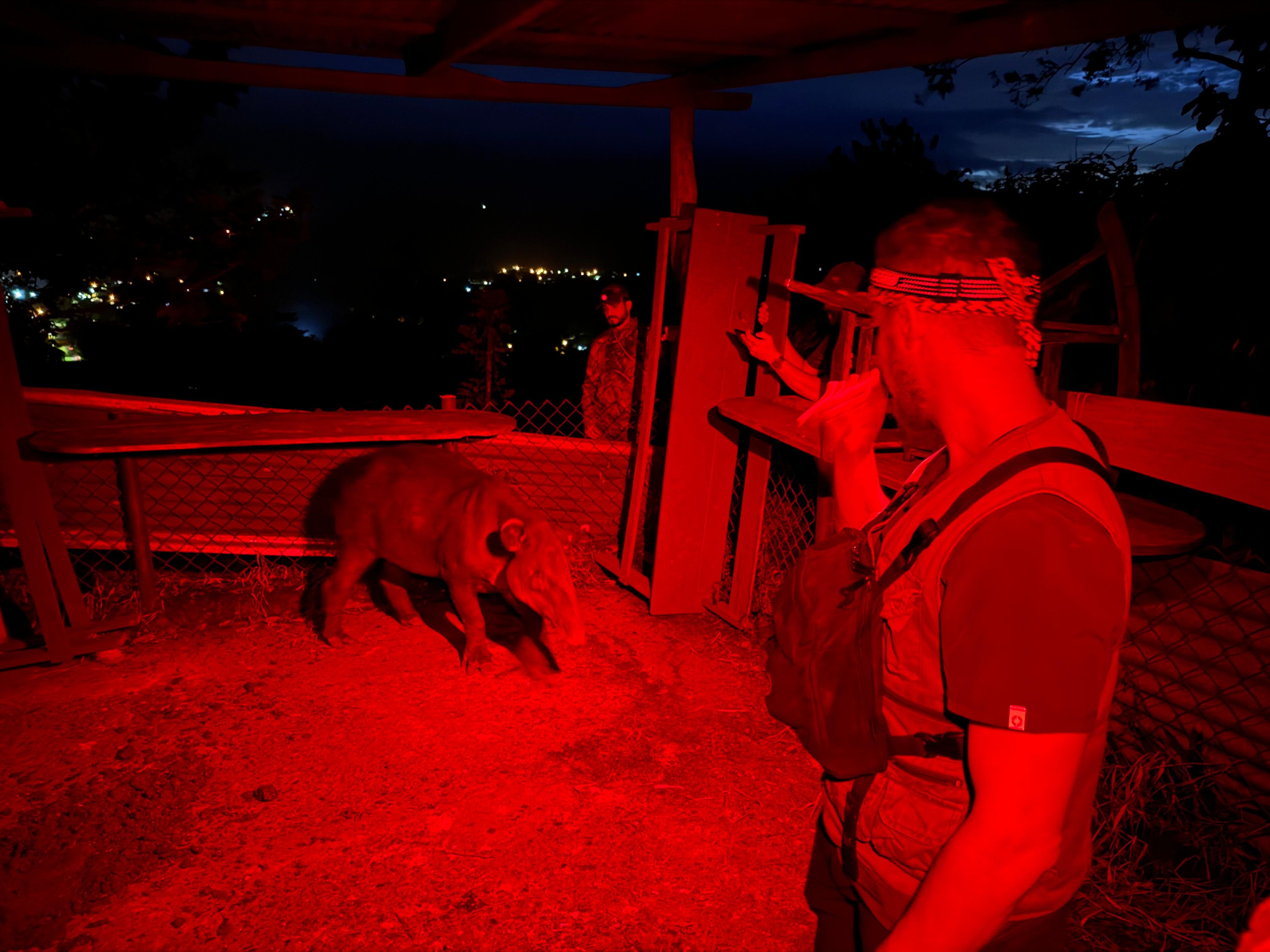Establishing a Tapir Health Surveillance Program
Our team is dedicated to the long-term conservation of Baird’s tapirs through the implementation of a comprehensive health surveillance program. By closely monitoring disease prevalence, habitat conditions, and human-wildlife interactions, we aim to safeguard the health of tapir populations across Costa Rica. Through collaborative efforts with local communities, conservation partners, rescue centers, and researchers, this program is crucial for ensuring the survival of this endangered species while promoting coexistence and ecological balance in their natural habitats.
Video on how we examine tapirs health

Screwworm Outbreak
The ongoing outbreak of the Screwworm (Cochliomyia hominivorax) is severely affecting humans, domestic and wild animals in Latin America. Since the 90's, the same vector-borne disease which is transmmitted by a fly and that causes severe injuries was exterminated in the early 2000's.
However, the fly is dispersing again, and was first detected in Costa Rica in 2023. So far, more than 5 different species of wild animals have been affected by this outbreak including white-tailed deer, two-toed sloth, porcupine, howler monkey, and tapirs.
We have two cases of tapirs confirmed by the Health Animal Service (SENASA), in which we attended and intervened one of them at Tenorio-Miravalles Biological Corridor (TMBC).
This case represents the first medical intervention of a tapir affected by the Screwworm, with succesful follow-up and monitoring with a GPS radiocollar in collaboration with local community members at TMBC.
However, we need your support to keep treating these animals!
See below for a short video of Tita's intervention and monitoring.
Click here to donate for medical supplies